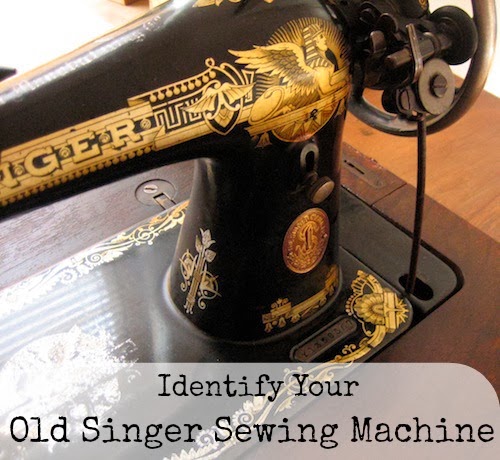

The issues that gave them a more negative experience were the bobbin was not unwinding properly, they could not attach the speed controller, they did not like the plastic parts, stitch quality was low and tension was always a problem. Other users and owners were not so positive about the machine because of the many issues they encountered. That owner liked the machine and is now using it to teach her daughter how to sew. The reason for such high praise maybe because their sewing machine was made a little stronger because it was sent to a school. One positive review couldn’t say enough good about the machine. These reviews are based on people’s experience with the sewing machine and everyone’s opinion will be different. We can only speak for the reviews that we were able to read at the time of this writing. It is thorough and covers all the serial numbers including all the ones starting with different letters. That link takes you to the most comprehensive serial number list we have seen in all the years we have been writing this website.

Keep in mind that if your serial number does not have a letter in front of it, your machine was probably made before 1900. They did that even though they had a 3,000,000 backlog of orders. That is because Singer stopped making sewing machines to concentrate on the war effort. Keep in mind that if the 9410 was made in the 40s its casting serial number and its actual date of assembly will be two different years. All you have to do is find your serial number and then go to the chart to find when your specific model was made. The best we can do, since no one is mentioning the years it was made, is to give you a chart that has all the serial numbers listed on it.

In fact, that date cannot be verified as even Singer does not list a date for when they sold this sewing machine. From the design of the machine, one would think that its initial construction and selling date is a lot more recent than the 1948 date we provided above.


 0 kommentar(er)
0 kommentar(er)
